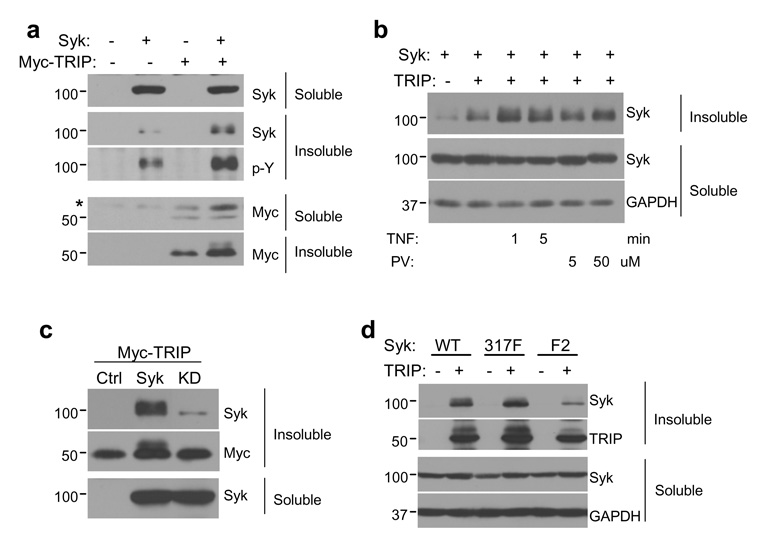Figure 3. Syk and TRIP interact in the detergent-insoluble fraction.
(a) MCF7(BD) cells were transiently transfected with an empty vector, a vector coding for Myc-TRIP alone, Syk-EGFP alone or a combination of both constructs. Both soluble and insoluble fractions were analyzed by Western blotting with anti-Syk, anti-Myc and antiphosphotyrosine (p–Y) antibodies. (b) MCF7(BD) cells transfected to express TRIP and Syk-EGFP were treated with TNF-α (100 ng/ml) for 1 or 5 min, or with pervanadate (PV) at 5 or 50 µM for 20 min. Both soluble and insoluble fractions were analyzed by Western blotting with anti-Syk antibodies. (c) The Myc-TRIP expression plasmid was co-transfected into MCF7(BD) cells with an empty vector (Ctrl) or vectors expressing Syk-EGFP (Syk) or Syk-EGFP(K396R) (KD). Detergent-soluble and -insoluble fractions were analyzed by Western blotting with anti-Syk and anti-Myc antibodies. (d) Vectors coding for wild-type Syk-EGFP (WT), Syk-EGFP(Y317F) (317F), or Syk-EGFP(Y342F/Y346F) (F2) were co-transfected with an empty vector (−) or a TRIP-expression vector (+) into MCF7(BD) cells. Detergent-soluble and -insoluble fractions were analyzed by Western blotting with anti-Syk and anti-TRIP antibodies. GAPDH was probed to show equal loading in each lane.

